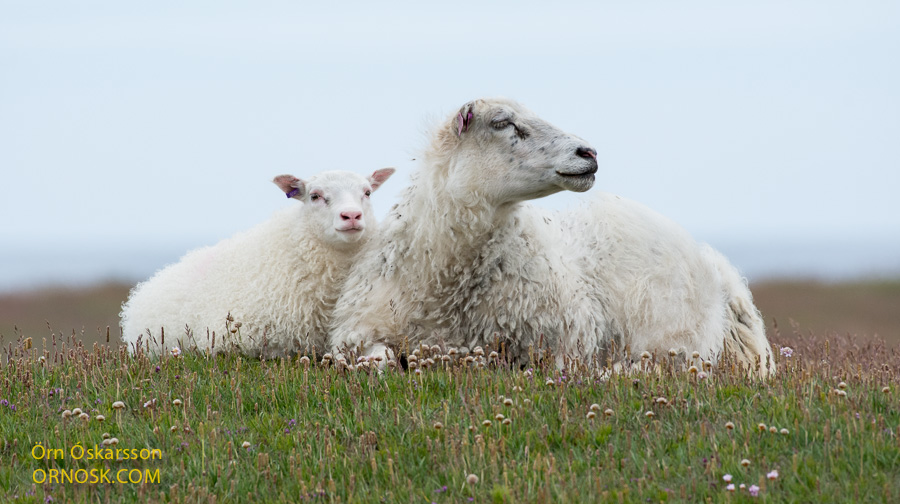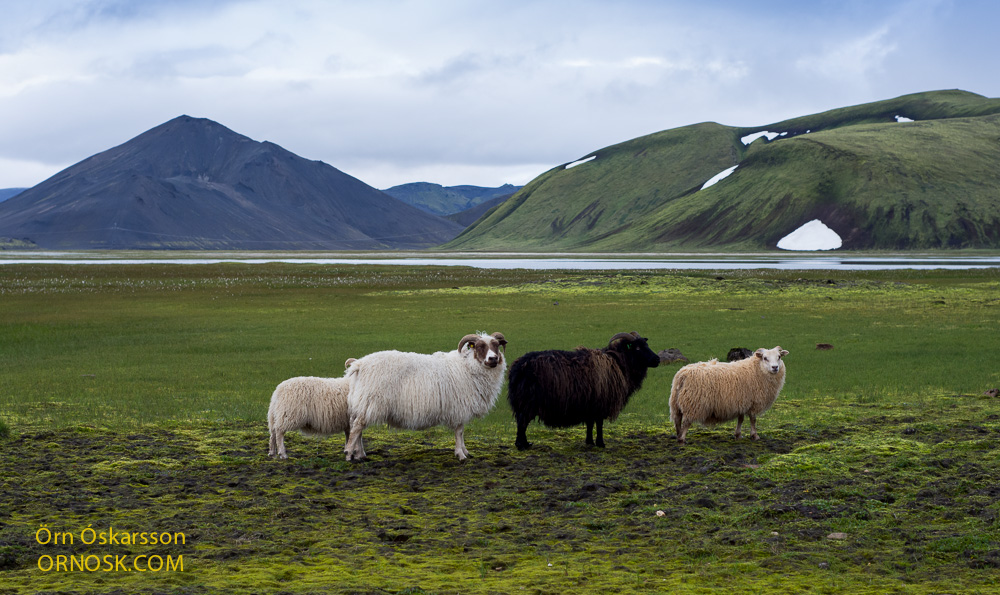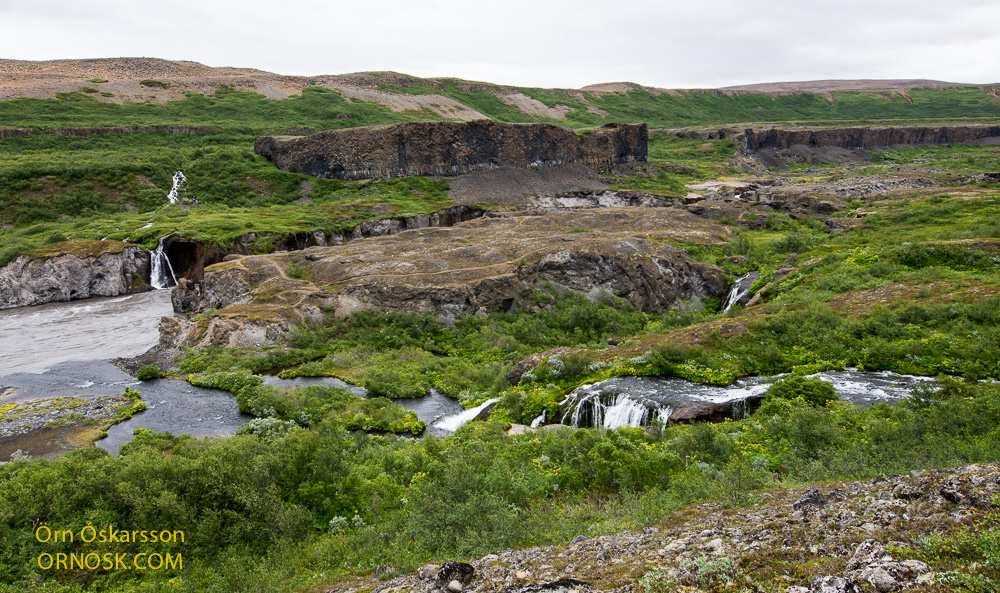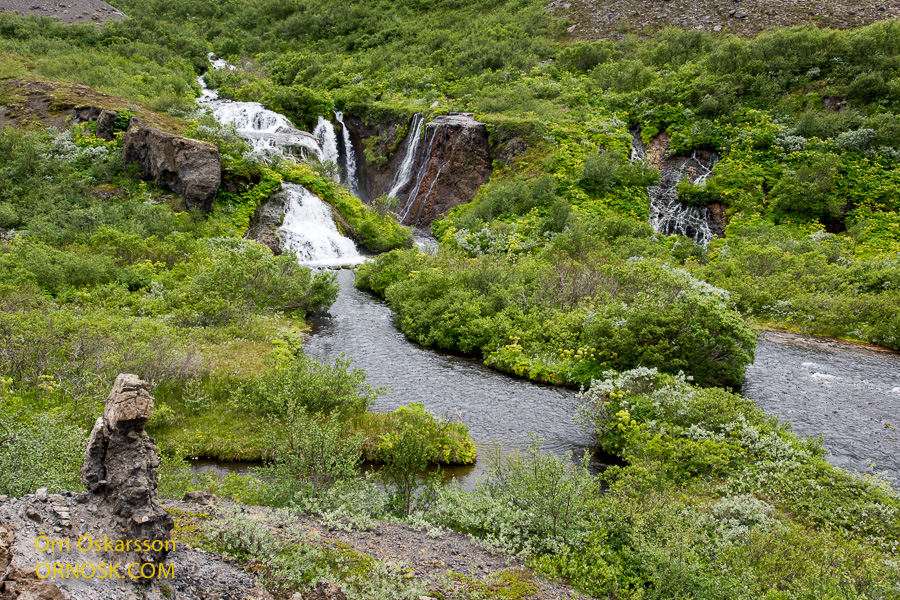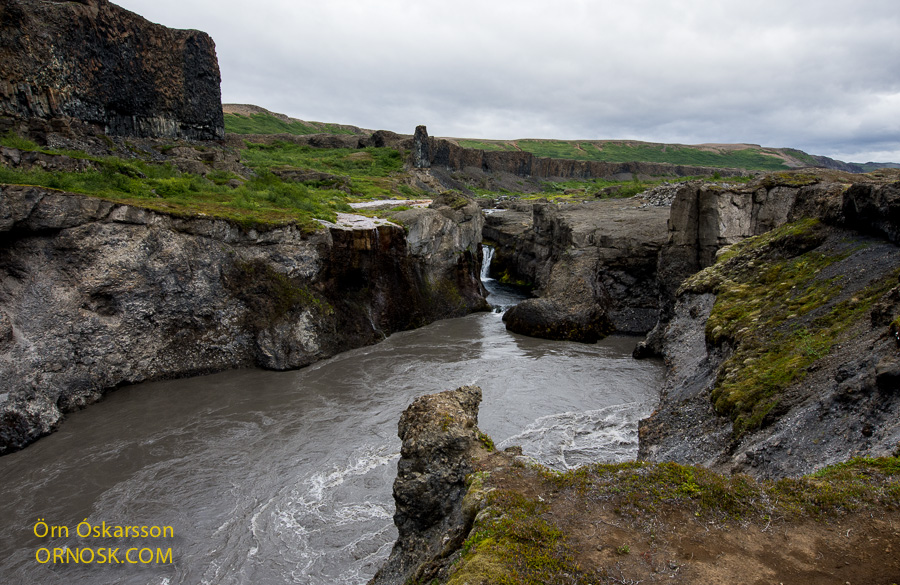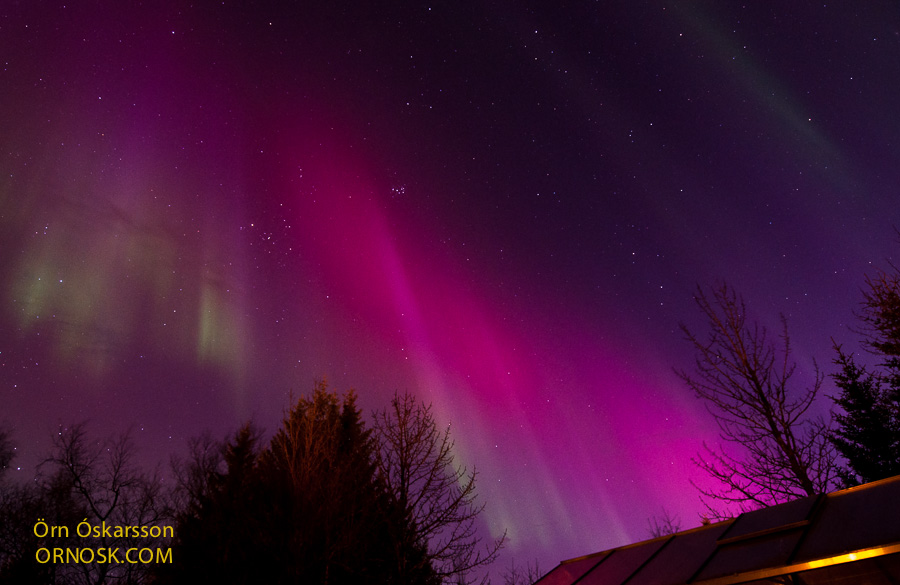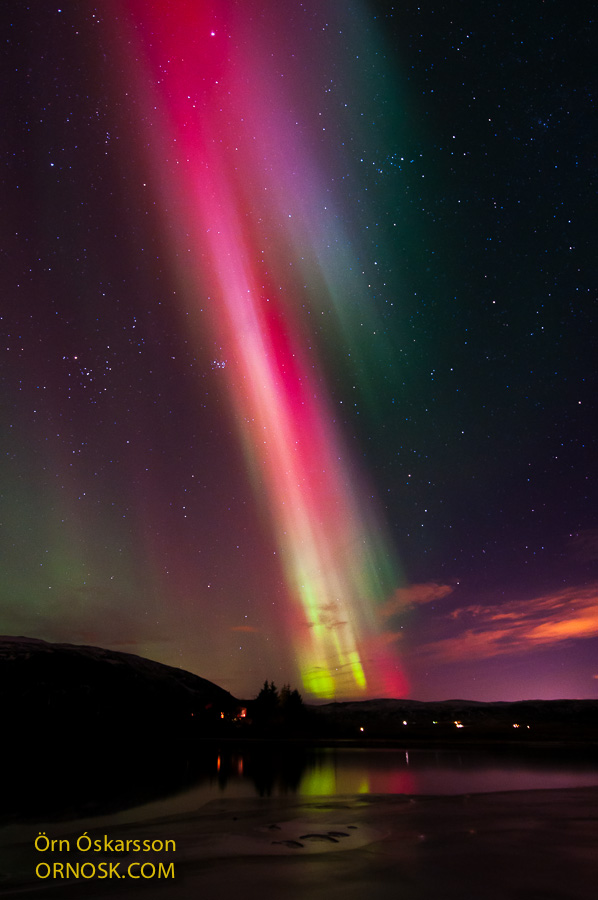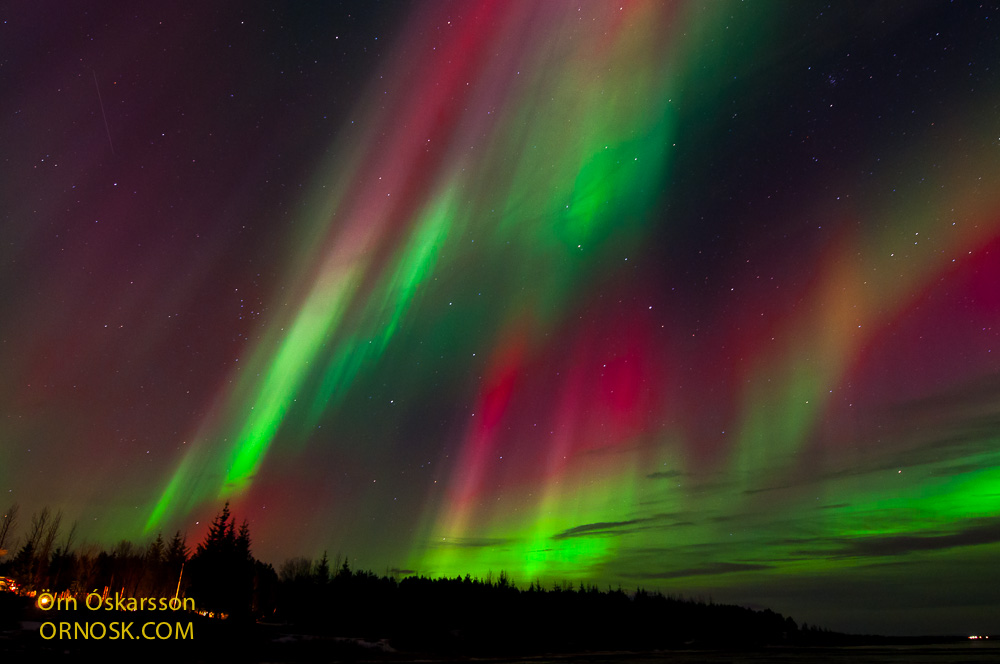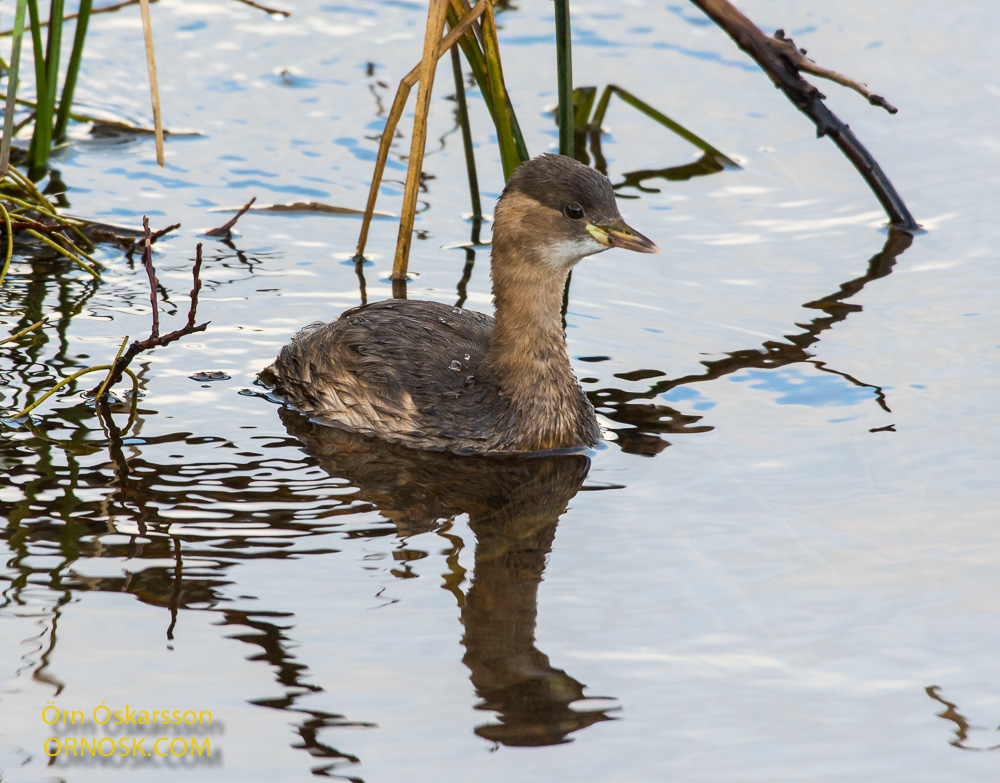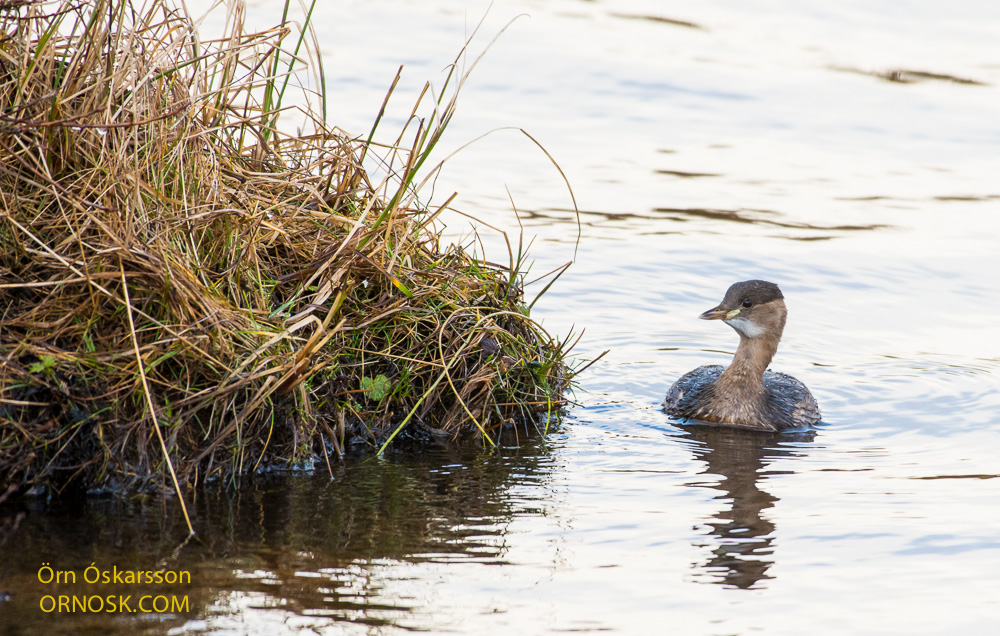Monthly Archives: February 2017
Icelandic Sheep
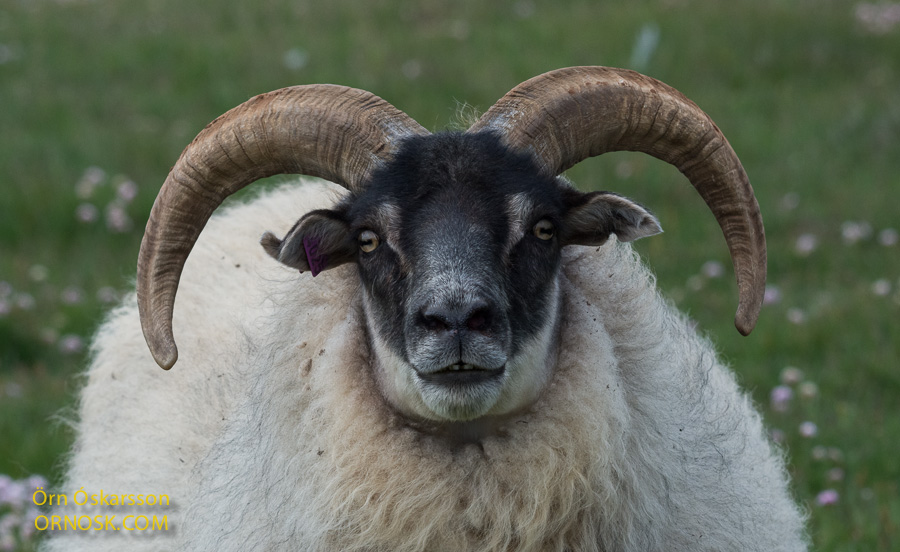
The first sheep were brought to Iceland by the settlers way back around the year 800 and as a breed it is unique. Its purity has been protected for centuries in the isolation of the island way out in the North Atlantic Ocean.
The Icelandic sheep are short-tailed and quite different from sheep in other countries, at least the ones we have visited. The Icelandic word for the tail is “dindill”, – such a funny word.
The Icelandic sheep are used to a harsh climate. They graze in the mountains in the summer time and are very efficient herbivores.
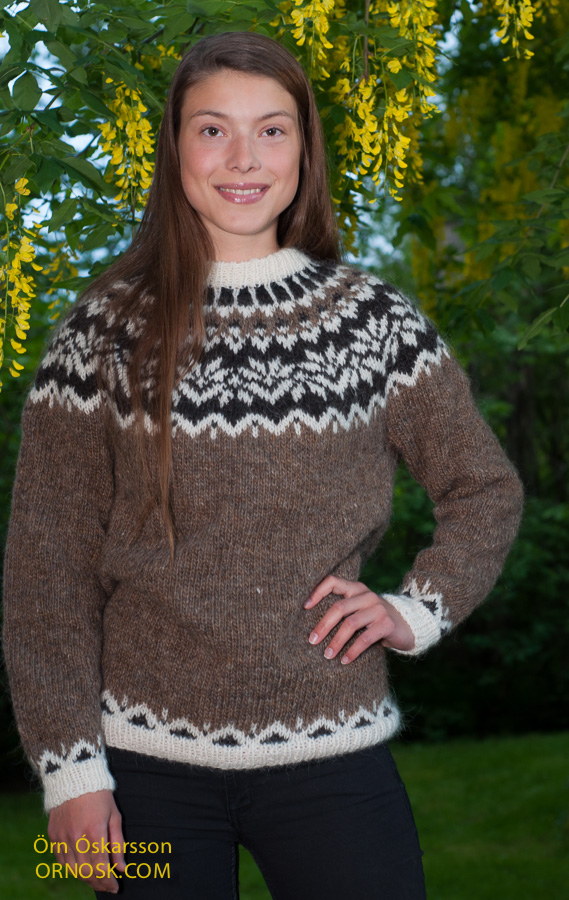
The wool that the sheep produce has no counterpart anywhere in the world. The fleece is dual-coated. The long outer coat is called “tog” and the fine inner coat “þel”. The outer and inner coats are separated and used for different woolen garments. The Icelandic lopapeysa is essential for camping in the summer time when nights are bright and no one wants to go to sleep.
Hólmatungur – Jökulsárgljúfur National Park
Hólmatungur is a beautiful area in Jökulsárgljúfur Canyon with lush green vegetation and spectacular rock formations. It is on the hiking trail alongside River Jökulsá á Fjöllum, one of the most scenic hiking trails in Iceland.
In Hólmatungur water bubbles up from the ground and falls down some ridges into River Jökla. It is an interesting area with some very special natural formations.
Hólmatungur is part of Jökulsárgljúfur Nationa Park.
Little Grebe still on River Sog
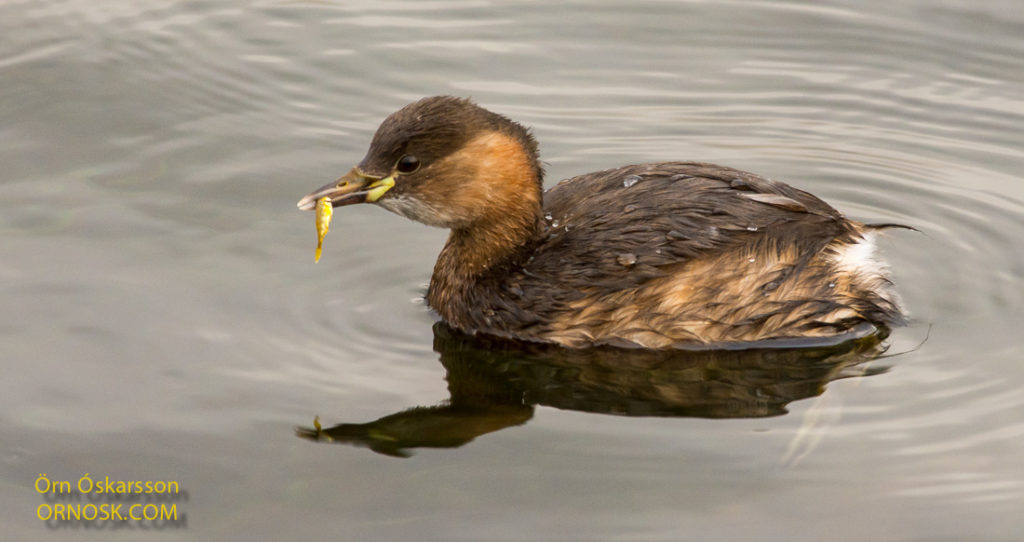
The Little Grebe is still on River Sog, on the reservoir between Ljósafoss power station and Írafoss power station. While I was checking up on it in the afternoon, it ate one stickleback after another. No worries that the poor little vagrant doesn’t get enough food in Iceland.
Red Northern Lights
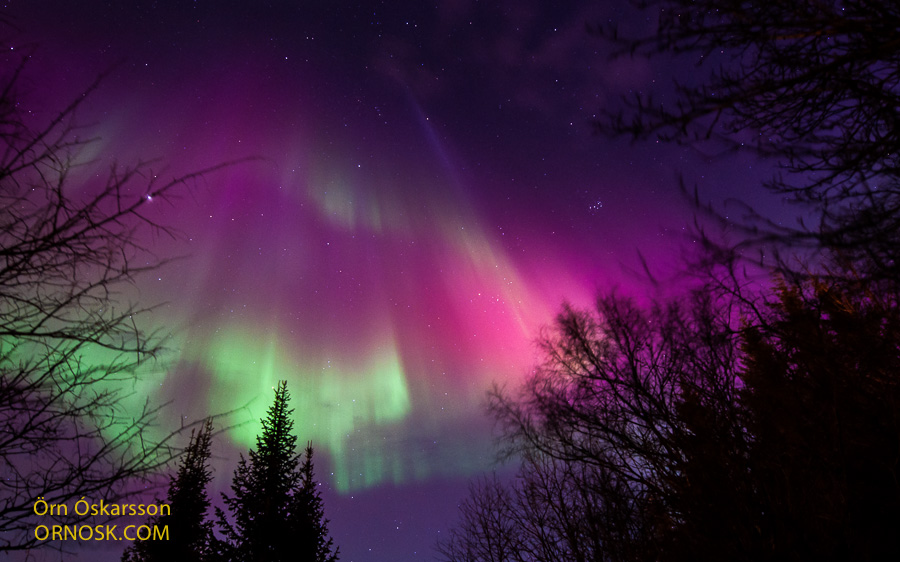
Normally, the Northern Lights are greenish in colour. Other colour variations from pink, to purple and red and blue can sometimes be seen but are not as common.
In the TV series Fortitude, season 2, filmed in Iceland, red Northern Lights adorn the night sky. These are, alas, not real thing and probably made with the help of computers.
Red Northern Lights are actually very rare and I have never seen anything like the ones in the TV series. Reds with a mix of green are more the real thing.
On February 27, 2014, Northern Lights in red and purple colours, mixed with the normal green, lit up the sky in Selfoss. That incredible evening I caught a lot of photos in my garden.
A very rare guest
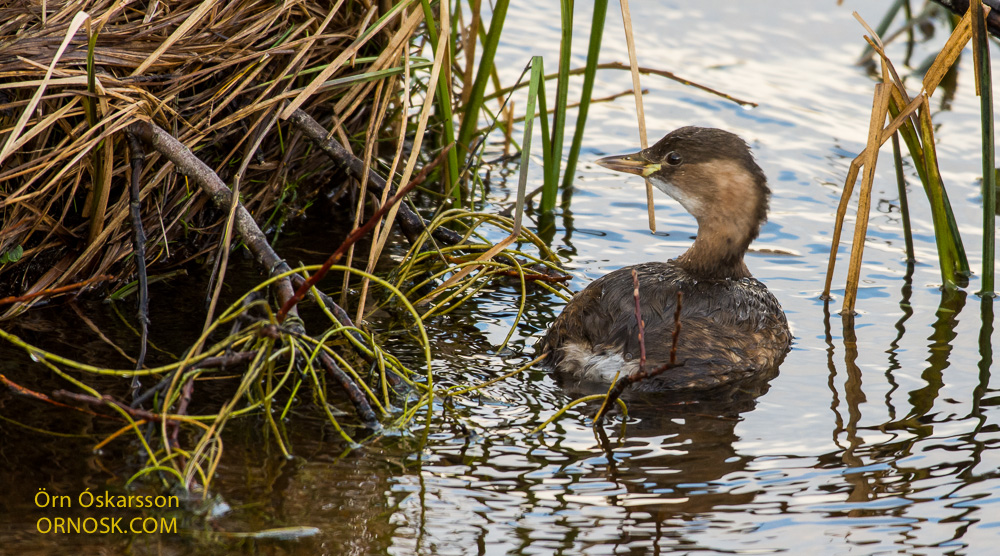
Little Grebe is a very rare vagrant in Iceland and has only been spotted here three times. In the last few weeks one has been on River Sog , on the reservoir between Ljósafoss power station and Írafoss power station. It has been seen eating sticklebacks, so food does not seem to be a problem.
It was first spotted in 2004 in the Southeast and the second bird in 2010 -11 in northern Iceland.
The Little Grebe has a wide distribution. It is a breeding bird in Central and South Europe and in southern Asia.

